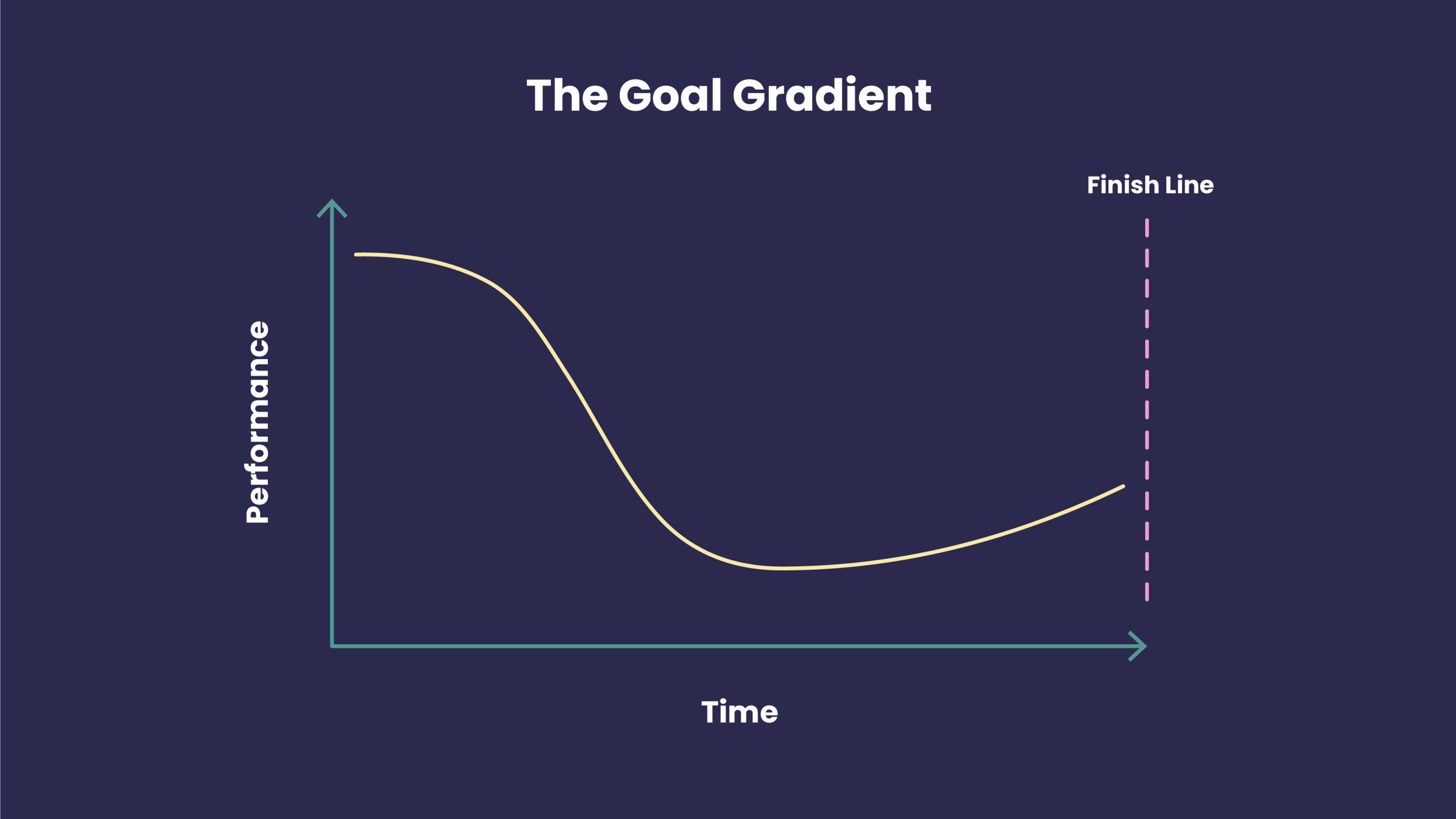What is Binge Learning?: Optimizing Your Learning Strategy for the Netflix Generation
TABLE OF CONTENTS
Binging, defined as 'consecutive consumption of content’, has been raised to a fine art by companies like Netflix. How many times have you sat down to watch ‘just one episode’, and hours later, found yourself halfway through the series? There’s the obligatory cliff-hanger at the end of the episode, the next instalment is cued up automatically - and it’s much easier to commit to 40 minutes of viewing compared with a 2 hour movie.
But do these concepts apply to learning? If we think back to our days as students, most of us will remember the caffeine-fuelled all-nighters spent cramming for a big exam. But we’d be hard-pressed to recall any of that information today.
Learning professionals now know that people need to learn small chunks at a time, apply what they’ve learned, and practice frequently (think spaced repetition) to improve long term retention. So instinctively, the idea of binge-learning seems wrong.
But it’s actually quite the opposite. Read on to find out how binge learning can actually have a positive impact on knowledge retention and learner engagement.
What do we mean by binge learning?
Binge learning is often defined as information overload. In practice, it’s actually the ability to access large quantities of learning content and complete it on demand, much like how we consume a new TV series.
Recent research by Wharton defines two types of binge learning:
Content Binging: Where someone is looking to gain knowledge on a specific topic, and finds all the information they possibly can on that subject.
Temporal Binging: A given period that’s dedicated to consuming content, but without a specific goal in mind.
The first might be when a learner focuses all of their attention on safety & compliance focused modules before moving onto the next topic. The second, however, is referring to when a learner might go through module after module in quick succession, without much regard for what topic is being taught.

Is binge learning effective?
The same Wharton study actually found that learners who ‘binged’ actually performed better than those who did not. They also found that ‘bingers’ were more likely to continue learning long-term, therefore staying more loyal to the learning platform.
The underlying phenomenon that seems to explain the above is what the authors refer to as the 'goal gradient', which is the notion that the closer you get to the finishing line, the more likely it is that you will engage. So by just starting one lesson with the other four lessons in clear reach - and without obstacles - could provide the mental incentive needed to finish them all.
This finding is key when trying to understand how we can better engage learners and motivate them to complete lessons, resulting in a more informed and productive workforce.
How is binge learning related to microlearning?
The implications for binge learning are wide-reaching, especially within the workforce education space.
Netflix encourages viewers to binge by releasing entire seasons at a time, rather than episode by episode. And many Coursera providers now make all material for a course available upfront, allowing learners to binge if they wish. And as long as your individual learning ‘episodes’ are bite-sized and engaging, this is perfectly compatible with a microlearning approach.
A classic dilemma, and one we've faced numerous times, is whether or not you should space the learning content over time and release learning content sequentially, or release it all in one go. These findings suggest that you should front-load your learning content and make it possible for your learners to consume as much as they want. Not only will they stay on the platform longer and learn more, they’ll learn better too.
Our own findings show that users were completing an average of three eduMe micro-lessons of 3-5 minutes at a time, so we adapted our learning design to this behaviour. We've made it even easier to continue learning once you've finished a lesson so the next one starts playing automatically, and our algorithms will also match up more content that the learner has indicated an interest in.
How to get started with binge learning
Are you keen to start tailoring your workforce training strategy to these new learning habits, but not sure where to start? Here at eduMe, we’ve got years of experience designing engaging and ‘binge-worthy’ microlearning programs for clients such as Uber, Marriott and The Home Depot, with clever integrations that make continuous learning as seamless as loading the next episode of your favourite Netflix show.
Book a demo with us now to find out how we can optimize your learning strategy 👇
Join 10,000+ frontline leaders
Subscribe to ‘Training the Frontline’ and get weekly insights sent straight to your inbox.

